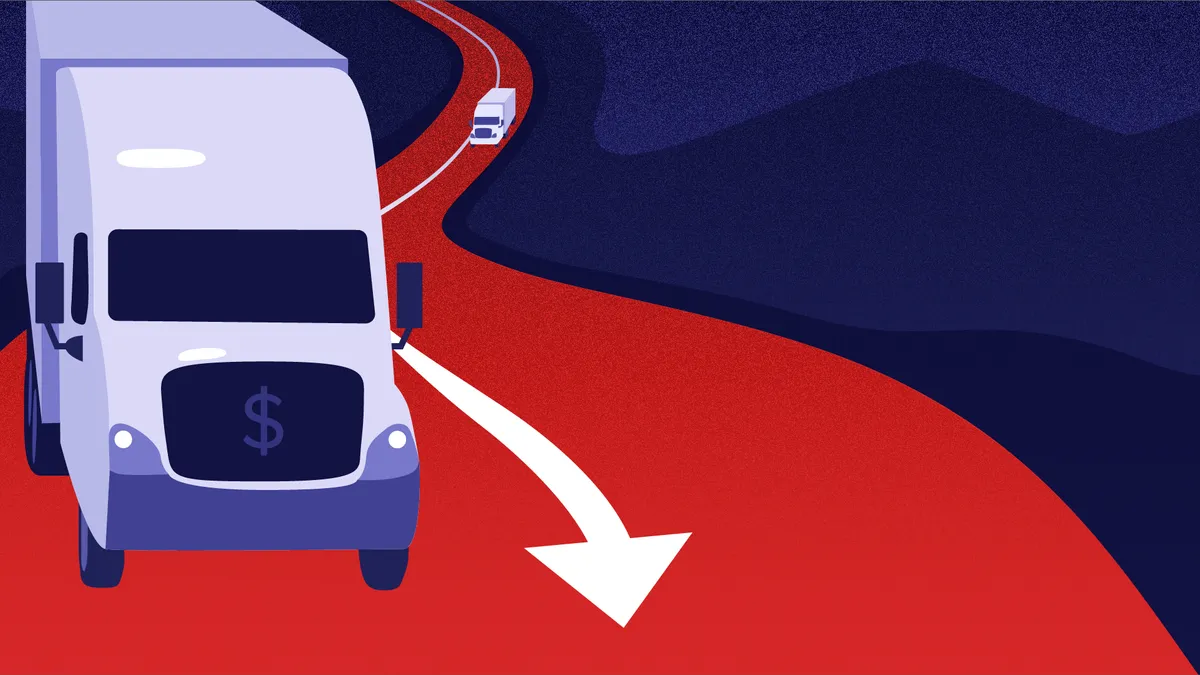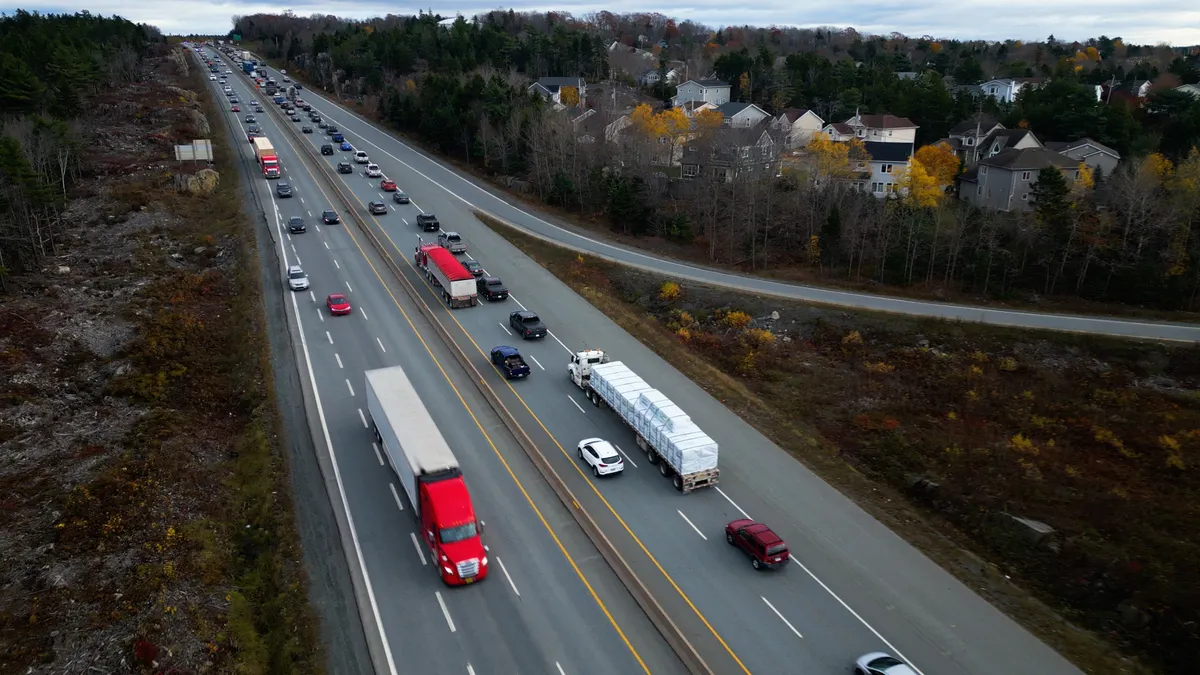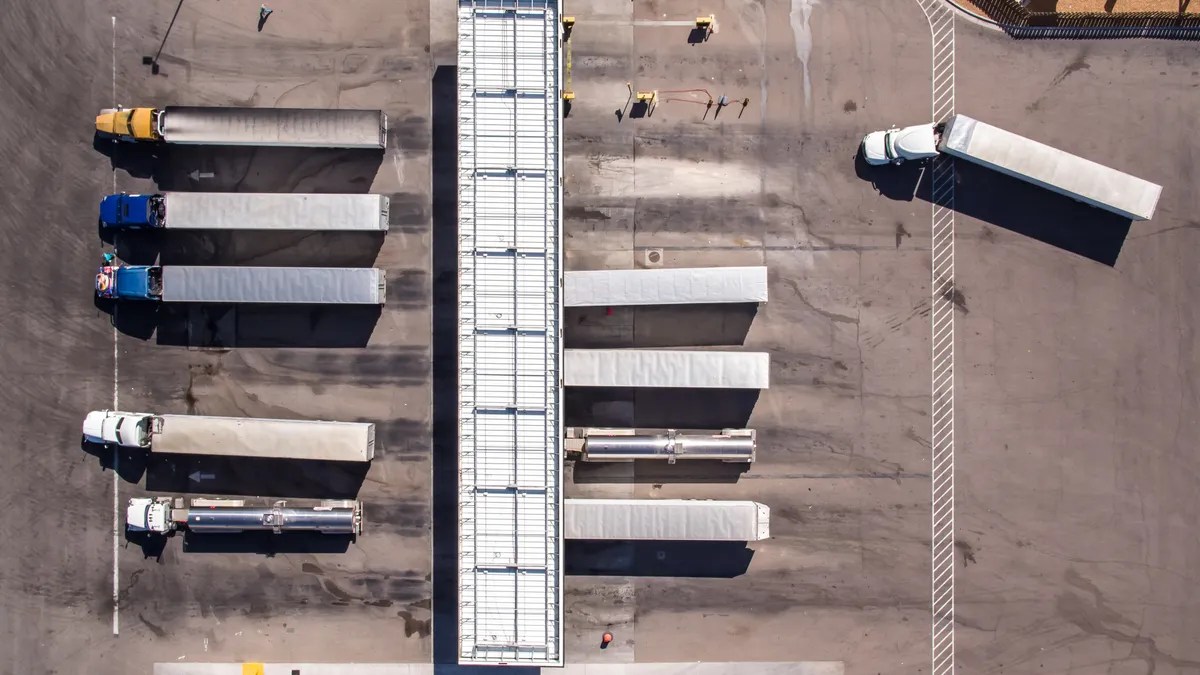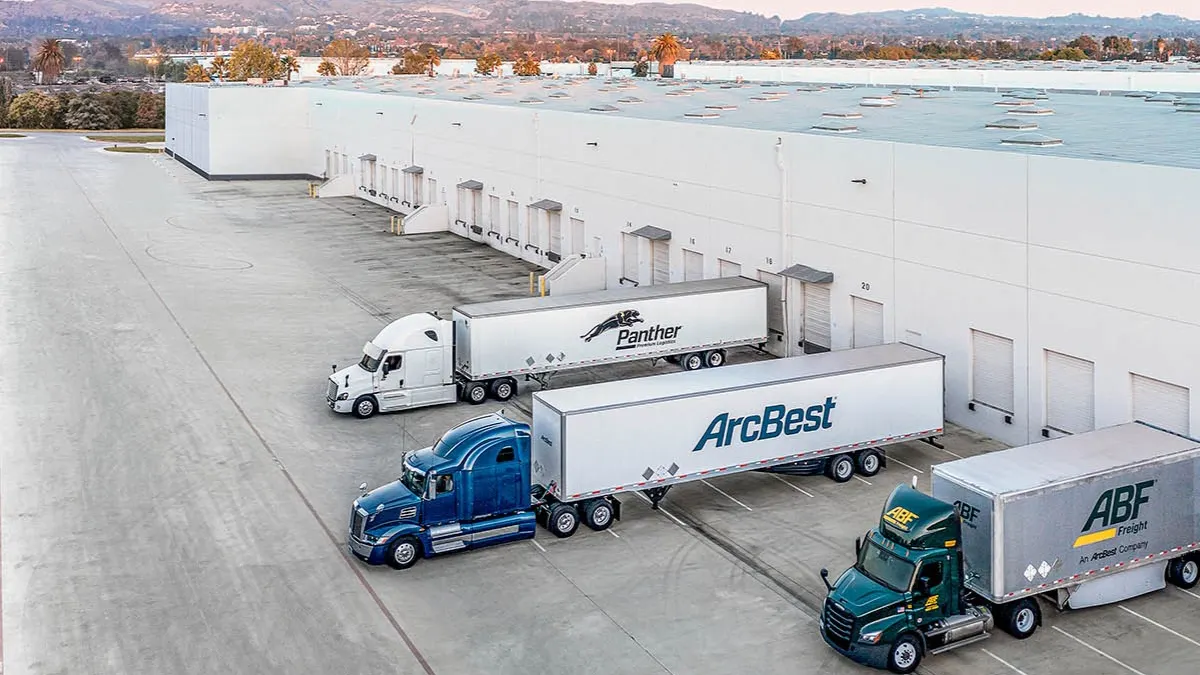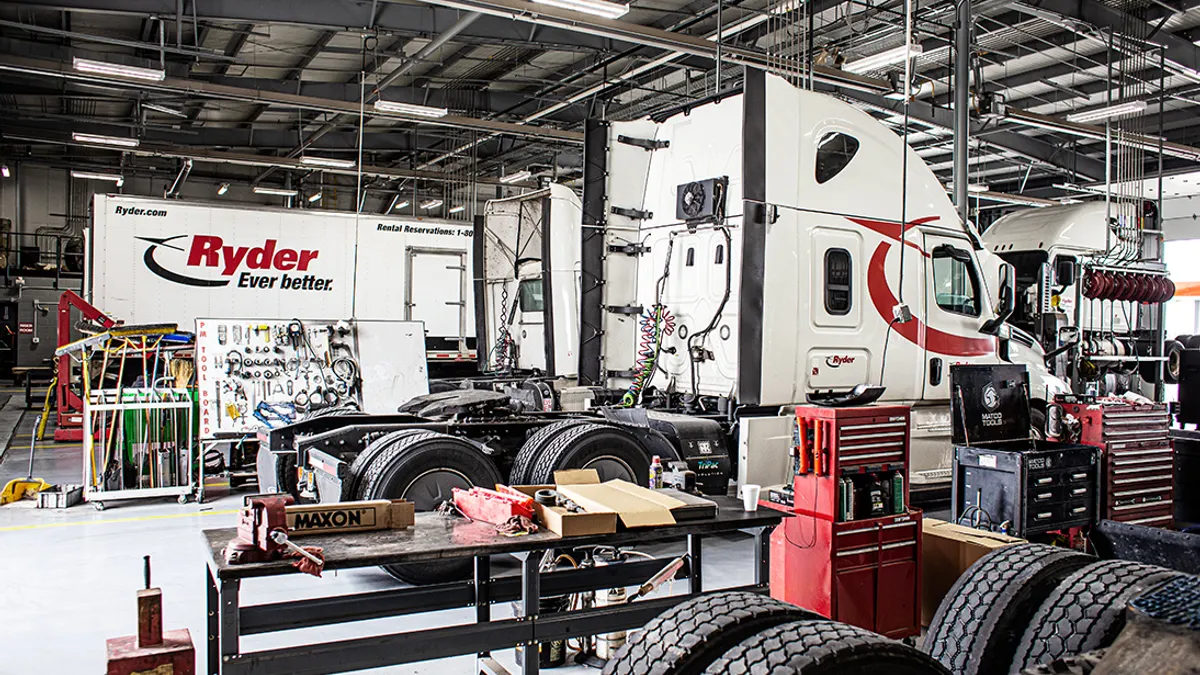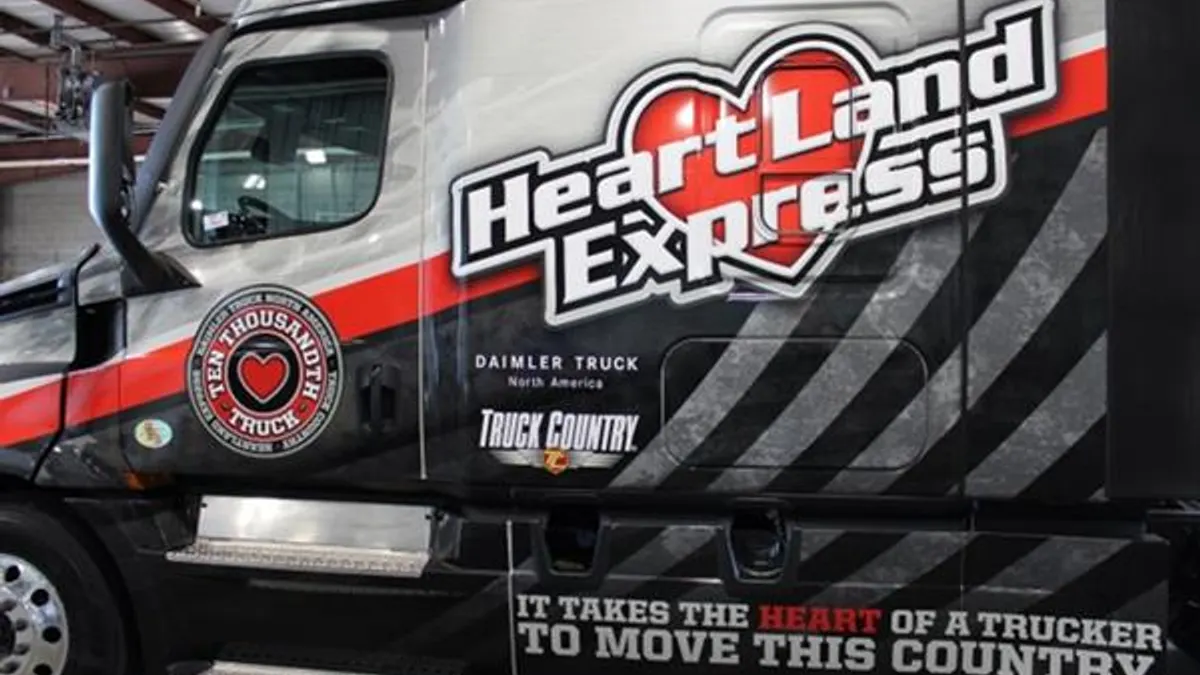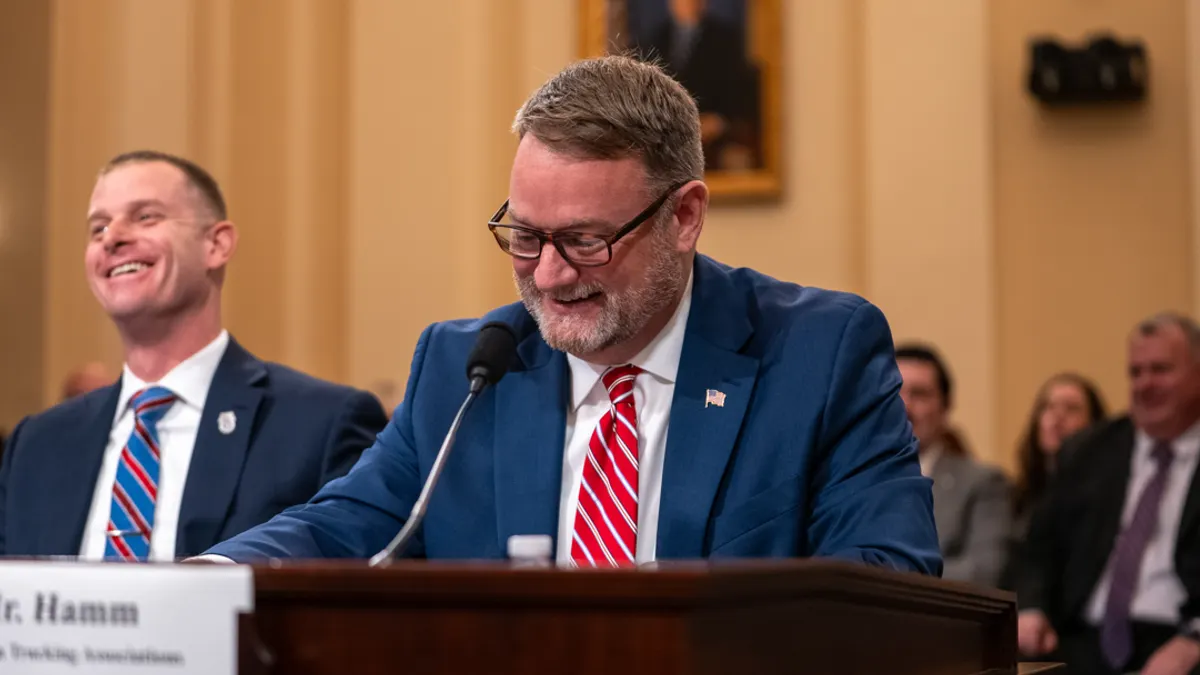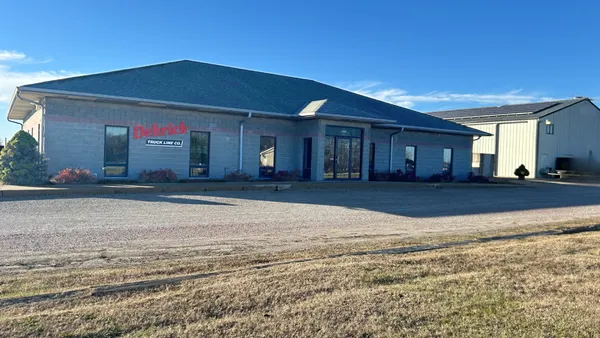The news from California was grim: On Monday, Gov. Gavin Newsom said he would pull back on reopening the state fully. He ordered restaurants, bars and movie theaters to halt indoor activities as U.S. cases spike again, especially in the Southwest and the South.
Trucking economists and consultants are weighing the numbers anew, trying to figure out where the industry is in terms of economic recovery, and what would happen should a new round of widespread shutdowns and layoffs occur. Although the COVID-19 fatality rate is lower compared to American numbers in April and May, new cases could easily cause the nation waves of problems — including more deaths. More deaths and hospital capacity issues could cause the type of sharp shutdowns the nation saw in the spring.
The news comes as many economists were already saying freight volume would be down for 2020, and they suspect year-end financial numbers will be ugly. Now it is becoming clear: The coronavirus is still in charge of the fate of freight numbers for the rest of the year. Even if freight shows continued recovery from the virus-related shutdowns, 2020 will likely be a big net loss.
"2020, by any metric, is not going to look good," said Rajeev Dhawan, director of the Economic Forecasting Center at the College of Business at Georgia State University, speaking to Transport Dive.
Is the worst over for trucking?
Dhawan said trucking depends heavily on what comes out of the ports — especially the nation's two largest ports in Los Angeles and Long Beach — but the rest of the world is fighting the virus too and consumer demand for many goods remains low.
Still, the transport sector found an "artificial bottom" in May, he said. Various economic sectors have artificial recovery because they benefited from government spending and actions by the Fed. Now, as the year plunges into July, with no vaccine or solid therapeutic cure, a realization emerges that 2021 could be clipped too.
"We do not expect volume to recover to the pre-crisis levels until the second half of [2021]," said Avery Vise, VP of trucking for FTR, speaking on a webinar panel regarding key freight issues on Thursday.

The worst may be over, Vise said, but there will be real damage to 2020's final numbers. "It is certainly going to be negative versus 2019," said Vise. "Our latest forecast is a decline in loadings of 5.7% this year."
As for "active utilization" — trucks with drivers moving freight — Vise expects an increase later next year. Utilization stood at about 83% in May, compared to 98% in May 2018, during the freight boom. Vise's charts indicate he and FTR expect active utilization to rise to about 88% in May 2021.
Vise said he has seen evidence of incremental firming in the trucking and freight economy overall. Some of the data indicates the national freight economy is coming back. But he cautioned the rebounding numbers come from a low place.
"If we look at what's happening right now, though, we cannot ignore the real-time indicators of activity are pretty strong," Vise told the webinar audience. "Two weeks ago, total load availability in the Truckstop.com system was the highest in nearly two years. The same was true for dry van. Refrigerated and flatbed spot loads were not that strong but they were among the best levels of the year and both were higher than both last year's levels and the five-year average."
"If we look at what's happening right now, though, we cannot ignore the real-time indicators of activity are pretty strong."

Avery Vise
Vice president of trucking, FTR
But, as with many economists, he cautioned the audience about hopes.
"Just a few weeks of robust growth that we have seen is not quite enough to declare we are on the verge of another, say, Q3 of 2017 or something like that," said Vise.
Lessons from the distant and not-so-distant past
James Burg runs a 90-truck fleet in Warren, Michigan. James Burg Trucking mainly hauls steel for manufacturers. Burg said his firm got hit, but he benefited from learning lessons from the previous U.S. economic disaster: the Great Recession of 2007 to 2009.
"We looked at the Great Recession as the benchmark," Burg said of recession planning. "And we made sure we had the resources."

Burg told Transport Dive the shutdowns had an odd effect on demand for steel content: less demand for cars, but more demand for household items that might need to be replaced, like washing machines, which saw more use than normal.
Burg pointed out the Darwinian process the sector went through. If fleets are still in business after the spring shutdowns, they are probably prepared, financially and otherwise, for another round of regional shutdowns, he said.
Cases versus fatalities
The health of the transport sector depends on what seems like the esoteric debates within the epidemiologist community. Like the nation at large, FTR is having internal debates about which impacts the economy more: new cases of coronavirus infection or resulting fatalities from COVID-19, according to FTR CEO Eric Starks, who also spoke during the webinar.
As fatalities decreased, some government officials, including President Donald Trump, said the worst was likely over, and now was the time to open up schools and most, if not every, business.
But about 67,000 cases are reported daily in the United States, based on a five-day average, according to Johns Hopkins, compared to the spring peak of 36,300 cases a day reported. The surge in positive cases has many nervous about the economy.
"We want to see [the fatality] number as low as possible," Starks said. "But I don't think it's the one that drives the economy. What drives the economy more is the number of new cases."
Positive tests as a percentage of all testing were expected to stay the same, but they have not, Starks said. The positive test rate is more than 10% in states such as Florida, compared to single digits earlier in the spring.
"What drives the economy more is the number of new cases."

Eric Starks
CEO and chairman, FTR
Starks told the webinar audience that more testing finds more cases, but the new cases also come with the same kind of questions asked in the spring: Do we need to protect hospitals from overcapacity? Do we need to shut down again?
Another round of closures could pose problems for freight movement. Starks said a new economic disruption could be diverse and, thus, impactful on the national economy. California has a lot of manufacturers and food production. Texas has chemical makers and fuel production. "That has a big portion of GDP in there," said Starks.
Some trucking executives loathe the idea of a new wave of shutdowns, causing less freight need for school, restaurants, and bars.
"I can lose money for a long time, but I cannot not run," said Royal Jones, CEO of Mesilla Valley Transportation, speaking to Transport Dive in June. "It killed us in April and May."
Not out of the woods
What has changed the 2020 outlook is newly observed aspects of the coronavirus, including its very contagious nature.
"We have learned one thing that opening up without proper precautions is troublesome, and that's why we need both the therapeutic and the vaccine to open up properly," said Dhawan. "We will open up, we will keep on working."
But Dhawan said things will not be back to normal on Jan. 1, 2021. Ultimately, the economy and trucking are still in the hands of the coronavirus. Dhawan compared the virus to a forest fire that cannot be stopped.
"2020 depends on the how the virus evolves. The timelines of the recovery — how strong, how even, uneven — will be how this virus develops in the next six months."

Rajeev Dhawan
Director of the Economic Forecasting Center at the College of Business at Georgia State University
"2020 depends on the how the virus evolves," said Dhawan. "You have no control over it ... The timelines of the recovery — how strong, how even, uneven — will be how this virus develops in the next six months."
Dhawan said businesses always face risk and uncertainty. But this time, executives cannot predict the end, as the forest fire continues to burn through its fuel, he said.
Burg said the current recession "resets" the economic clock, meaning the economy will likely enter a long term of growth once things return to normal, Burg said with some optimism. Burg said he hopes the worst of the shutdowns are over.
"I will say this: The shutdowns were worse than the Great Recession," said Burg.

